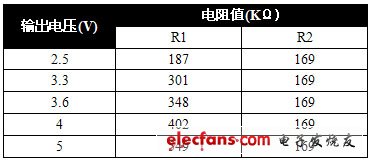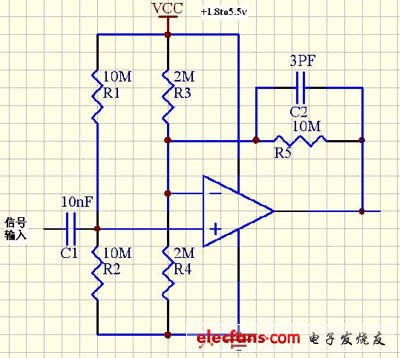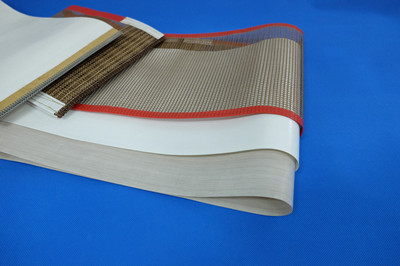1 Introduction
Today, with the development of science and technology and social production, intelligent test instruments and instrumentation systems are developing rapidly, and the span of measured objects is both extensive and diverse. The rapid development of computer technology has brought the development of instrumentation to a new level, and traditional testing equipment has been replaced by intelligent instruments. The two main development directions of intelligent instrumentation are large-scale automatic test systems and portable low-power smart meters, and power problems have become one of the important factors to consider in circuit design. In this article, I will present a design for a general-purpose low-power instrumentation system based on the MSP430. The low-power system combines with different sensors to enable data acquisition and processing, and has keyboard input and LCD display functions, which can be suitable for various work situations.
2 low power instrumentation system hardware design
2.1 hardware system overall design
The MSP430 chip is selected in this instrument system. MSP430 series is a 16-bit ultra low power mix with a reduced instruction set
Combined MCU. It includes a flexible clock system with von Neumann Structured Addressing (MAB) and Data Storage (MDB). The MSP430 provides a solution for mixed-signal applications due to a CPU with a standard address mapping and digital analog peripheral interface. .
The main features of the MSP430 series are: ultra-low-power architecture greatly extends battery life; ideal high-performance analog features for precision measurements; 16-bit RISC CPUs provide new features for code segment processing per time slice, system Programmable Flash memory can be repeatedly erased, coded, and loaded. Figure 3-1 shows the hardware block diagram of the energy meter:

Figure 1 system hardware block diagram
The hardware in Figure 1 can be divided into functional modules such as data acquisition, amplification and filtering, microcontroller, keyboard, LCD display, clock circuit, data storage, DAC, alarm, watchdog circuit, RS485 communication and power management.
2.2 Module design
2.2.1 Power Module Design
In the whole system, I used ±5V, ±12V, 2.5V, 3V. The two sets of voltages of ±5V and ±12V are powered by dedicated power modules. Since the MSP430 type MCU is a low-power single-chip microcomputer, it uses a dedicated power supply module to supply power to the MCU. The power supply module of the one-chip computer is the TPS76301 of Texas Instruments. The power module is surface-mount type, the output voltage is continuously adjustable, and the voltage of 1.6-5.0V can be output. There are only 5 pins. It can provide a current of l50mA, and the application circuit of the output voltage is shown in Figure 2.

Figure 2 Application circuit of TPS76301
The current on resistors R1 and R2 must be around 7μA. A lower resistance can also be used, but the power is wasted, too high a resistor can not be used, because it will cause the leakage current of the FB terminal to increase and cause a voltage error. The recommended resistor value is to select R2=169KΩ, and let the current flowing through the resistors of R1 and R2 be about 7μA. Calculate R1 by:

Typical values ​​for some resistors and output voltages are shown in Table 1:
Table 1 Typical values ​​of output voltage and resistance

2.2.2 Amplification and Filtering Module
The preamplifier I used in the input channel of this low-power system is TI's OPA349. The input channel circuit is shown in Figure 3. In addition to the amplification function, the circuit can also have a filtering function to eliminate extraneous AC components.

Figure 3 amplification and filtering circuit diagram
Heavy weight belting products are available in multiple widths and styles. Most of the heavy weight fabrics are heavily coated with PTFE to ensure consistent and reliable release performance. Besides that, its outstanding performance in wear resistance, coefficient of friction and compression strength make it suitable for diverse applications as polymer casting, lamination, composite manufacturing, rubber curing.

PTFE Conveyor Belts,Fiberglass Conveyor Belt,Non Stick Conveyor Belts,PTFE Coated Conveyor Belt
TAIZHOU YAXING PLASTIC INDUSTRY CO., LTD , https://www.yaxingptfe.com